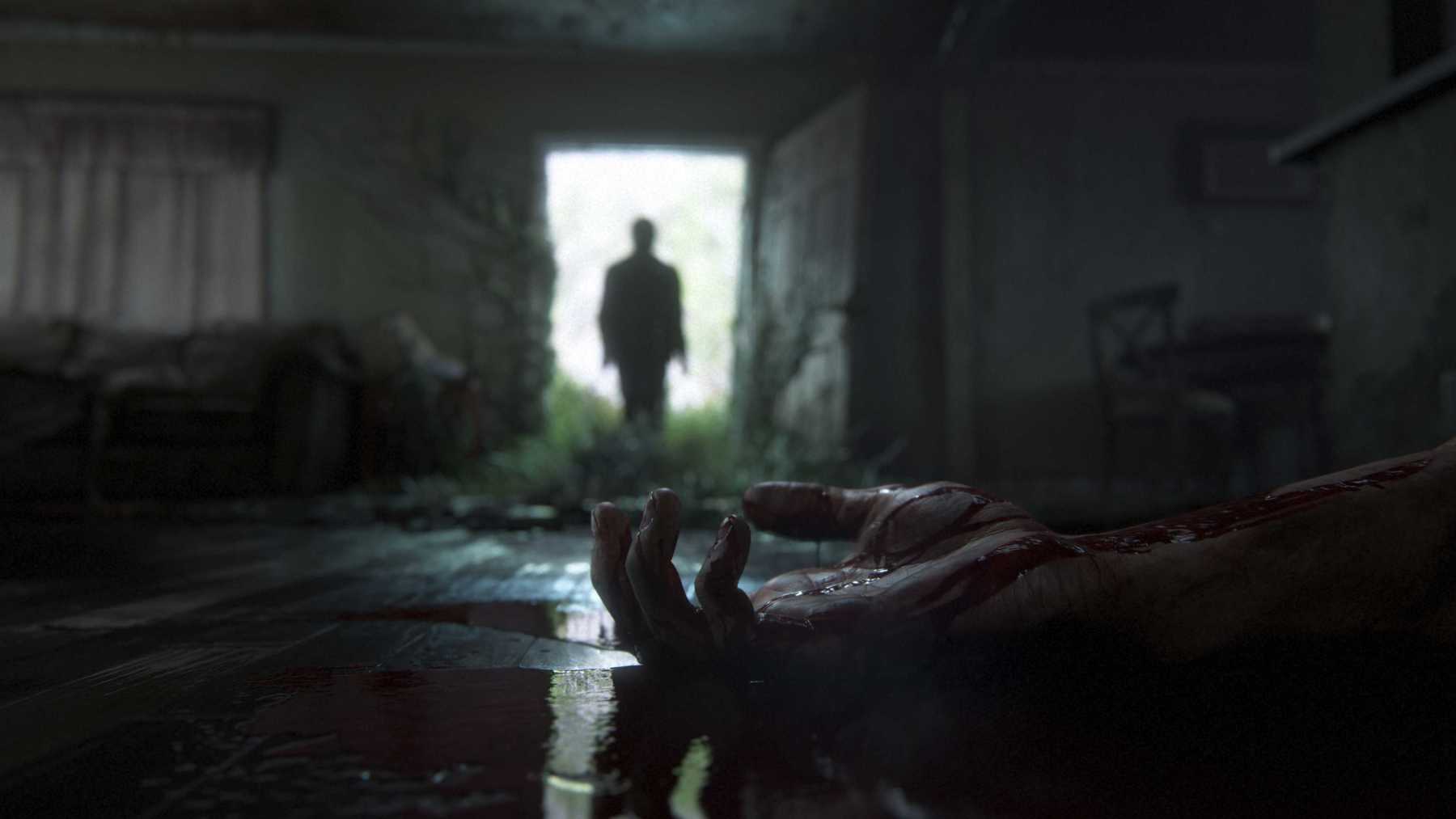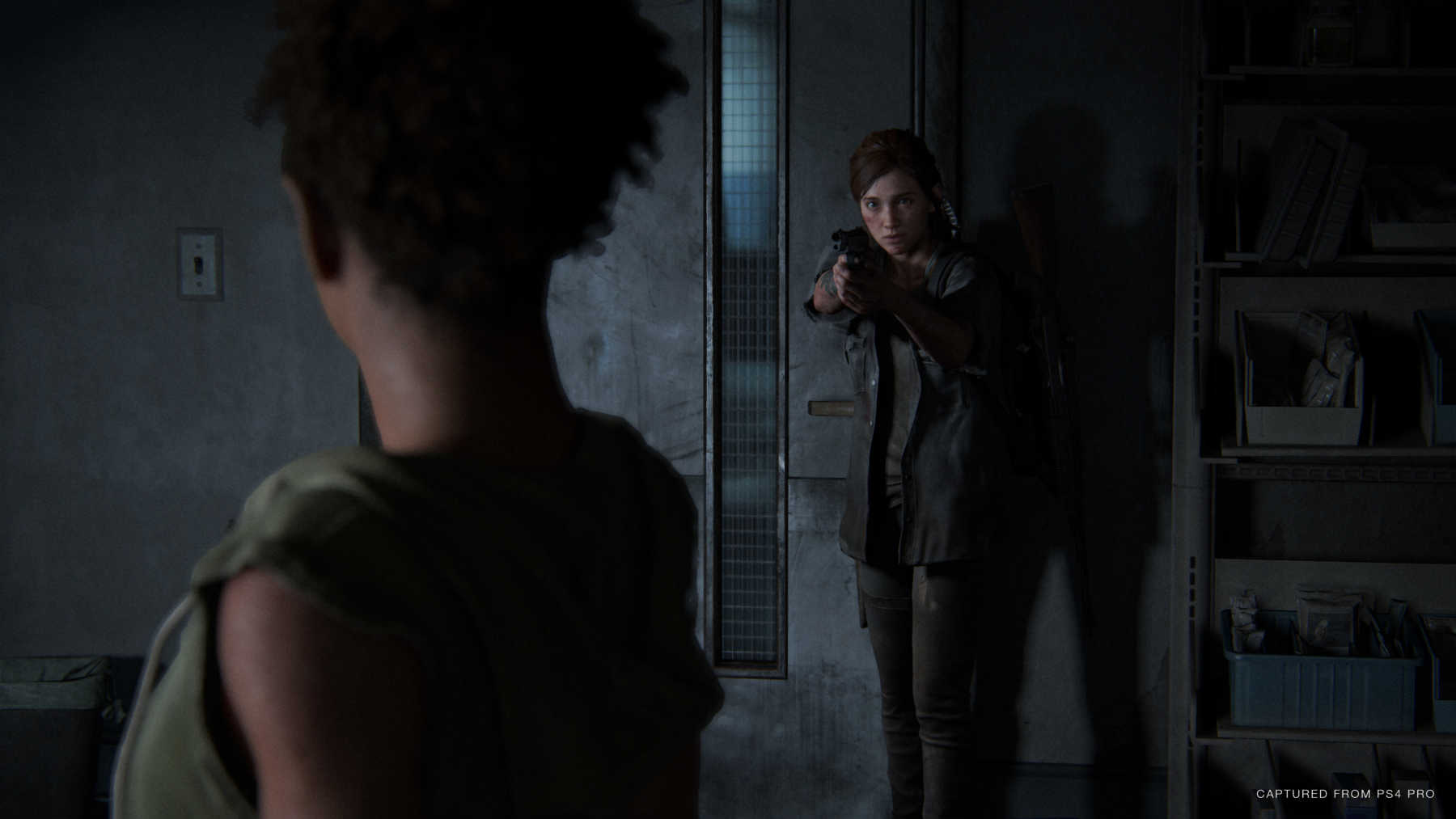
In the world of gaming, few titles have resonated with audiences as profoundly as Naughty Dog’s The Last of Us franchise. Both the first and the second instalments of the series have recently been remastered for the PlayStation 5 (PS5), a move that aligns strategically with the buzz surrounding the TV series adaptation of the game. This adaptation has not only captivated a wide audience but also rekindled interest in the game itself, potentially driving sales for the remastered versions. However, this decision by Naughty Dog, a flagship studio under the PlayStation umbrella, raises questions about whether this is the best use of one of the most talented game development houses.
Naughty Dog’s Legacy and PS5 Expectations
Naughty Dog has long been synonymous with high-quality, narrative-driven gaming experiences. Titles like the Uncharted series and The Last of Us have cemented their reputation as a developer capable of pushing both storytelling and technical boundaries. With over three years into the PS5’s lifecycle, expectations have been high for Naughty Dog to deliver a new, groundbreaking title that fully harnesses the PS5’s enhanced capabilities. Yet, the focus on remastering existing games has led to some concerns.
The Merits of Remastering
The remastering of The Last of Us” parts 1 and 2 for the PS5 is not without merit. Technologically, the remasters provide enhanced graphics, faster loading times, and a smoother gameplay experience, taking advantage of the PS5’s more powerful hardware. For new players or those who missed the original releases, these remasters offer an opportunity to experience the games at their best.
Moreover, the alignment with the television series creates a synergistic effect. Fans of the show who are new to the games are more likely to try the remastered versions, thus expanding the game’s audience. This strategy is not new in the entertainment industry, where cross-medium tie-ins are often used to boost interest and sales.
The Flip Side: Resource Allocation
Despite these benefits, there are concerns about whether this is the best use of Naughty Dog’s talent and resources. The PS4 versions of The Last of Us were already technically impressive, leading some to question the necessity of a PS5 remaster. You could argue that the time and effort spent on these projects could have been directed towards developing new IP or a sequel to a beloved franchise, fully leveraging the PS5’s capabilities.
From a business standpoint, the decision to remaster these games is understandable. Remasters are typically less risky and less resource-intensive compared to developing new titles. They provide a steady stream of revenue, which can be crucial for funding more ambitious projects. This strategy might be part of a larger roadmap for Naughty Dog, balancing the need for reliable income with the development of new, innovative titles.
The Future of Naughty Dog on PS5
Looking ahead, the gaming community eagerly anticipates what Naughty Dog will bring to the PS5 beyond remasters. The studio’s reputation for pushing the envelope in gaming suggests that whatever project they are working on, it is likely to be a showcase of the PS5’s capabilities. The question remains, however, as to when this new content will materialize and what form it will take.
While the remastering of The Last of Us parts 1 and 2 for the PS5 has been met with mixed reactions, it serves as a reflection of the broader trends in the gaming industry, where balancing innovation with financial pragmatism is often a challenging necessity. As Naughty Dog navigates these waters, the gaming community watches with anticipation, hoping that the studio’s next big project will once again redefine what is possible in the world of video games.





























